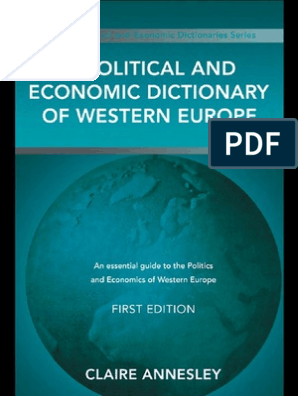0% found this document useful (0 votes)
28 views8 pagesFDI Chapter 8 and 9 Notes IB
Foreign Direct Investment
Uploaded by
zulqarnain7711Copyright
© © All Rights Reserved
We take content rights seriously. If you suspect this is your content, claim it here.
Available Formats
Download as PDF, TXT or read online on Scribd
0% found this document useful (0 votes)
28 views8 pagesFDI Chapter 8 and 9 Notes IB
Foreign Direct Investment
Uploaded by
zulqarnain7711Copyright
© © All Rights Reserved
We take content rights seriously. If you suspect this is your content, claim it here.
Available Formats
Download as PDF, TXT or read online on Scribd
/ 8






























































































